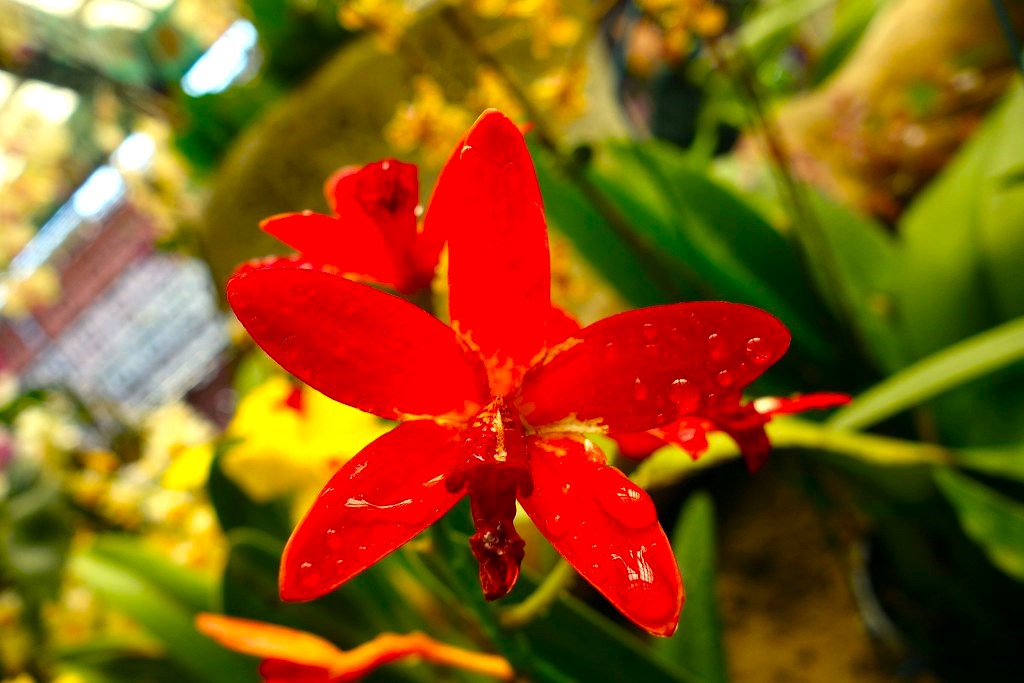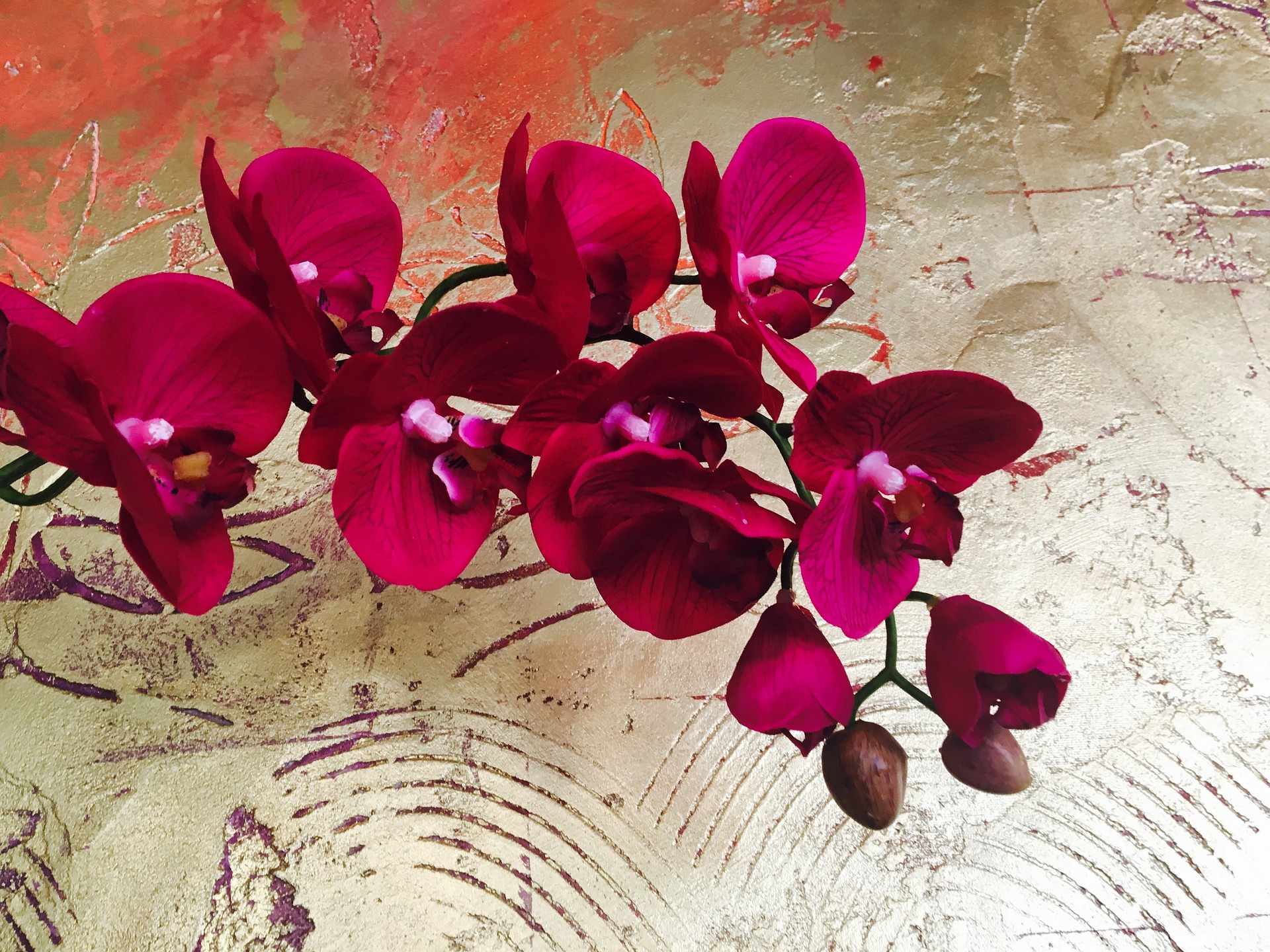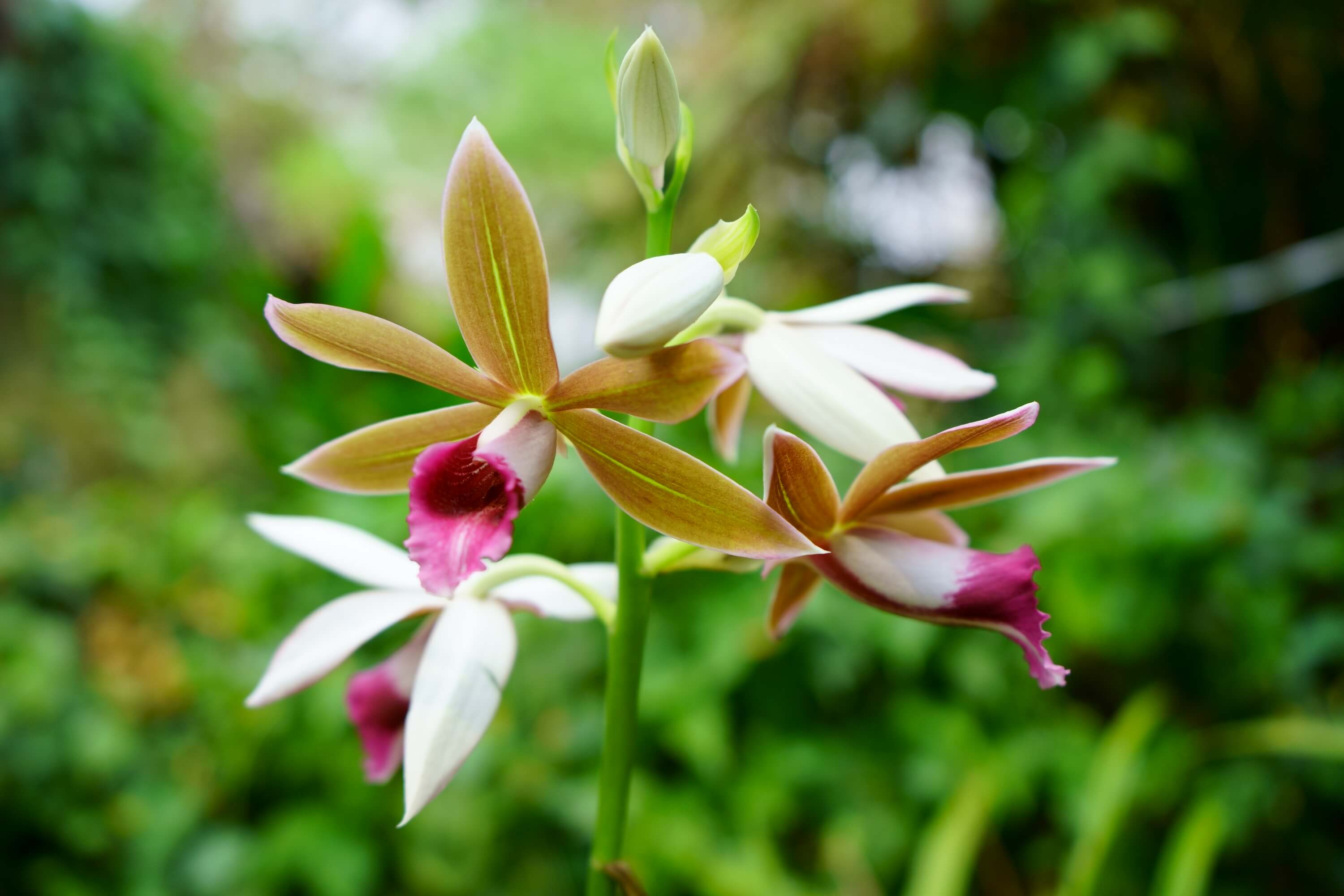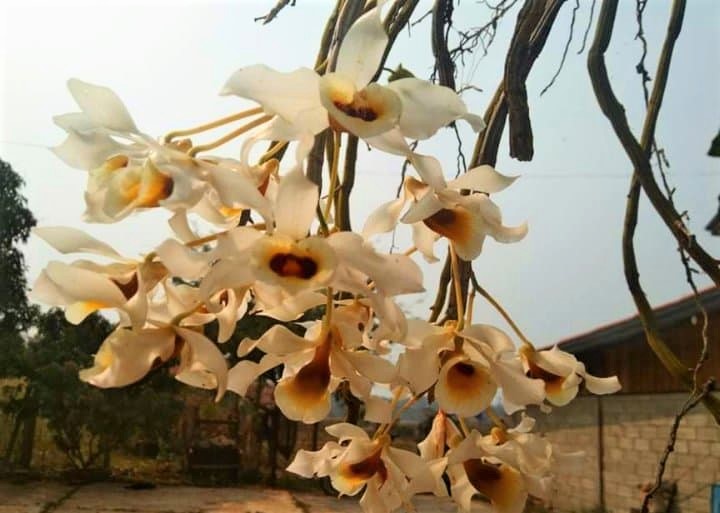The African Orchid

African orchids are a fascinating group of flowers that have captured the hearts of many enthusiasts around the world. With over 700 different species found across the continent, they range from rhizomatous to epiphytic and include a wide diversity of colors and shapes. While African orchids are not as well-known as their Asian and South American counterparts, they are no less beautiful, and their cultivation and care are relatively similar.
Growing The African Orchid
African orchids require similar growing conditions to other orchid plant species, but there are some crucial things to keep in mind when growing these species. One of the main ones is to ensure that the plant gets enough light. Like most orchids, African species thrive in bright, natural light, but they should be protected from direct sunlight, which can damage the plant's leaves and roots resulting in sunburn, discoloration and can even kill your orchid if left in direct sunlight. If you are growing the plant indoors, it may be a good idea to supplement the natural light with artificial light sources. Fluorescent lights or LED bulbs can really help to improve the growing conditions for your orchid.
Another critical factor in growing African orchids is humidity. Most African orchids are accustomed to tropical climates, which means they need high humidity to thrive. Ideally, the humidity level should be between 50% to 80%. You can achieve this by placing the plant near a humidifier or by filling a tray with pebbles and water, placing the plant on top of the pebbles. Also regularly misting your orchid's roots and leaves with water can keep your orchids healthy and vibrant. Orchids in nature absorb most of the water and mist through the velamen outer layer of the roots which acts like a sponge to soak in and absorb the available moisture.
Watering is also essential for growing African orchids. These plants prefer to be watered regularly, but not excessively. Overwatering can lead to root rot and other diseases. To water your African orchids, make sure the pot has good drainage and only water when the growing medium feels dry to the touch.
Fertilizing is another essential aspect of growing African orchids. These plants require regular feeding with high-quality orchid fertilizer. Most experts recommend a balanced, water-soluble fertilizer that is low in nitrogen and high in phosphorus and potassium. You can apply the fertilizer once a month during the growing season and cut back to every two to three months during the winter months.
African Orchid Care Tips
Caring for African orchids is relatively easy, as long as you keep certain things in mind. Here are some tips to keep in mind when caring for these plants:
Repotting: African orchids do not require frequent repotting. In fact, too much repotting can cause the plant to go into shock and disrupt its growth. Instead, it is best to repot only when necessary, which can vary depending on the species and the growth rate of the plant. Repotting is best done in the spring, just before the growing season begins.
Pruning: Pruning your African orchids is essential for maintaining their shape and promoting healthy growth. Remove any dead or damaged foliage and remove any overgrown or crowded stems. Prune your plants after they have finished blooming.
Pest and disease control: African orchids are susceptible to pests and diseases, just like all other plants. Common pests you may encounter include aphids, scales and mealybugs, while common diseases include root rot and fungal infections. You can prevent some of these problems by maintaining proper growing conditions, such as by keeping the humidity level high and avoiding overwatering and pooling of water where the stem and leaves meet. Orchids in their natural habitat tend to grow sideways so that water doesn't accumulate like that. If you do encounter pests or diseases, it is best to consult with an expert to identify the problem and find a solution.
Notable African Orchid Species
There are many beautiful African orchid varieties you can choose from, but here are some notable species to consider:
Ansellia africana: This beautiful orchid species is found throughout East and Southern Africa. It is known for its beautiful yellow flowers, which bloom in the spring and summer.
Disa uniflora: This South African species is one of the most beautiful orchids in the world, with its striking orange-red flowers that bloom in the winter months.
Eulophia petersii: This terrestrial orchid species is native to Southern Africa and is known for its beautiful, fragrant flowers that bloom in the summer months.
Habenaria radiata: This Madagascar species is a beautiful, terrestrial orchid with long, narrow leaves and beautiful white flowers that have purple markings.
African orchid species are a beautiful addition to any garden or indoor growing space. These plants require regular watering, high humidity, and bright light to thrive. By following the tips provided here, you can grow and care for your African orchids and enjoy their unique beauty year-round.



